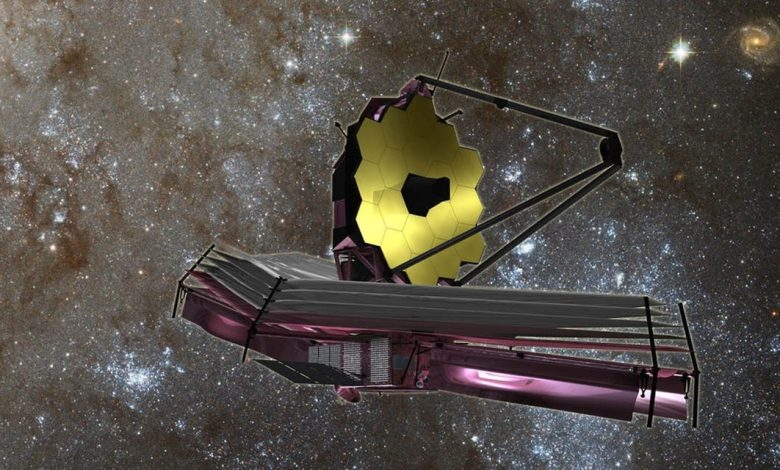James Webb helps uncover the origin of a planet 700 light-years from Earth

A team of astronomers used the James Webb Space Telescope to find out how a planet from outside the solar system originated.
A team from the University of Leicester in Britain participated in a study being conducted in coordination with the US space agency NASA, and it relies mainly on observations that the telescope was able to monitor recently.
Earlier this year, the James Webb Telescope began a comprehensive science operation after arriving at a monitoring site millions of miles away from Earth.
The team says that the telescope provided them with new information about a planet called “WASP-39b”.
"Amazing Discoveries"

WASP-39b is located in the outer solar system, at a distance of 700 light-years from Earth.
It is similar to Saturn in terms of mass, while similar to Jupiter in terms of size.
The planet revolves around a sun-like star, and its texture is gas, and it is very hot, and scientists have been amazed since its discovery ten years ago.
The study revealed more information about the composition of WASP-39b's atmosphere, and helped determine how it formed.
Scientists analyzed a spectrum of wavelengths of light to determine the proportion of carbon and oxygen in the planet.
Scientists say this helped them pinpoint the site where the planet originated.
"WASP-39b was originally discovered as part of a project called Super WASP that the University of Leicester was involved in, and it's amazing that we can continue to search on that basis," says Sarah Keswell of the University of Leicester.

The team says that the aforementioned planet is located at a very close distance from a sun-like star that revolves around it, and because of this proximity, life is impossible in it.
However, scientists believe that similar research methods can be applied to other planets outside our solar system and determine whether there is life in them in the present time, or even in earlier times.
Eva-Maria Ahrer of the University of Warwick says the study is an important step in planetary research.
Source: websites

